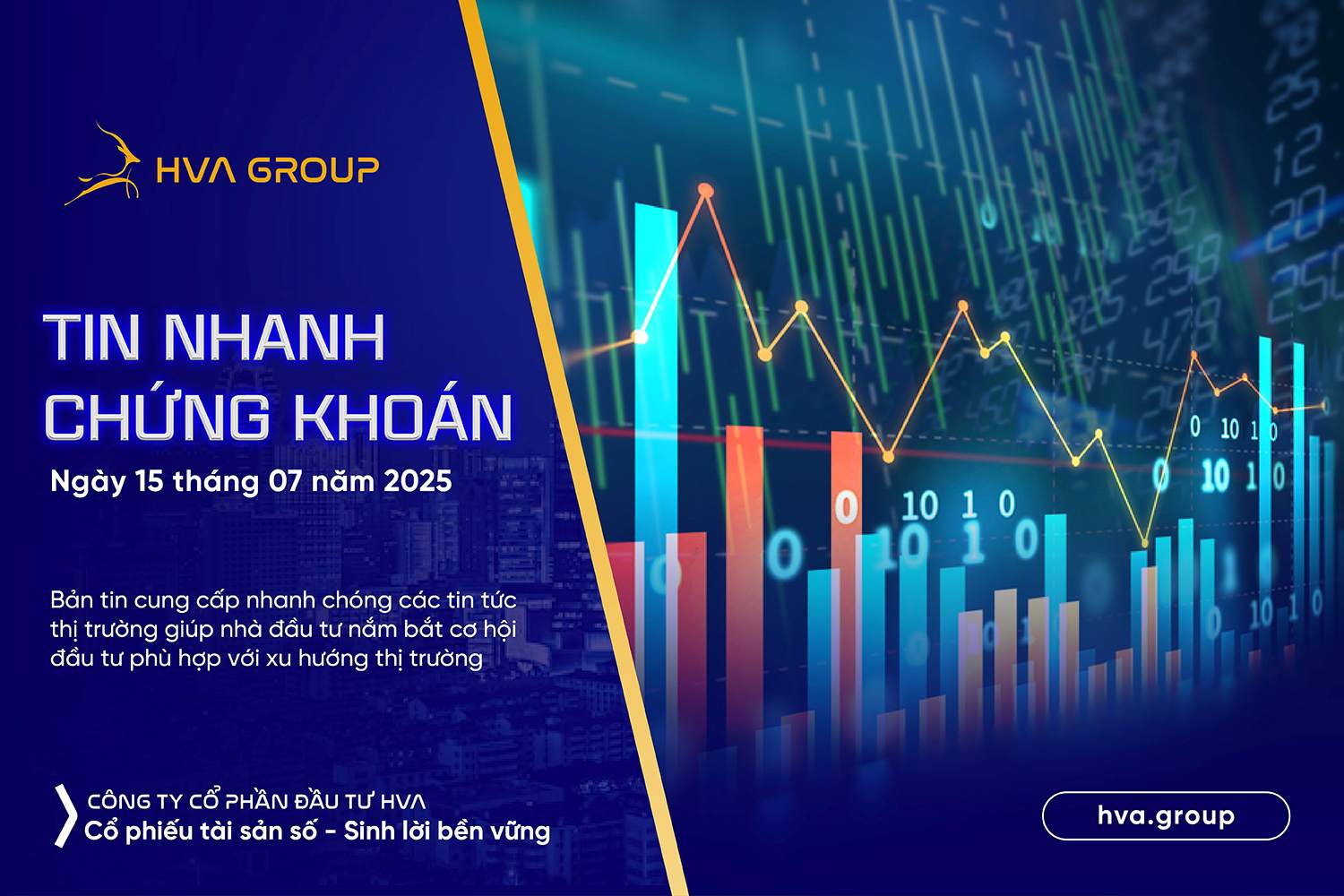
The luxury brand appears to be defying economic headwinds. Luxury conglomerates are in the tailspin of the post-COVID-19 boom, as consumers in the US and China become more cautious in their purchasing decisions.
Companies from France’s LVMH (EPA:LVMH) to Italy’s Prada and Switzerland’s Richemont have reported slowing sales growth. Kering, the owner of Gucci, warned last week that profits would fall this year and not even recover until 2024.
Hermes, however, was a rare exception, with Q3 2023 revenue rising 15.6% to 3.37 billion euros, exceeding analysts’ forecasts. The luxury brand seemed to defy economic headwinds, and defied the rule of demand that governs other industries: the higher the price, the lower the demand.
“The truly wealthy continue to spend despite the economic downturn. Of course they are more cautious and consider brand quality, but the truly wealthy are not spending less,” Barclays expert Enrico Massaro emphasized.
Also according to Massaro, although the Hermes brand did not explode strongly during the growth period of luxury goods like many other competitors, thanks to its sustainable reputation and super luxury segment, the brand was not affected as heavily as its competitors when the market went down.
It can be seen that Hermes has always stood firm during economic crises. Hermes' sales were almost unscathed while a series of brands plummeted in the Chinese market during Covid-19.
Or as before, the echoes of the economic crisis in 2009 did nothing to Hermes when sales increased by 4%, while UBS's report showed that sales of the entire luxury goods industry decreased by 4%. Clearly, regardless of social distancing or crisis, Hermes buyers are on a different level, with enough money and power to invest in this sustainable brand.
Ultra-luxury customer segment
What makes Hermes resilient to market fluctuations is its orientation towards the super luxury customer segment and not being too dependent on tourists.
“Be careful when relying on tourists for sales because they are a highly volatile group of buyers,” warns Invesco expert Zachary Sachs.
In Japan, about 90% of Hermes' sales come from local customers and 75% in New York City, USA, not foreign tourists.
Create a “scarcity” effect in the market
Ultra-luxury brands like Hermes also tightly manage their retail channels to control the flow of goods as well as the selling price. The company’s products hardly go through any distributors. Hermes’ tight control of supply and distribution channels helps create an artificial scarcity in the market, promoting competition among buyers and keeping prices of old products.
Carmignac director David Older said Hermes keeps supply well below market demand rather than chasing volume. This strategy makes used Hermes bags even more expensive on the secondary market than when they were new.
Although the total number of Birkin bags ever made is never announced, experts claim that only about 200,000 are in circulation globally, making them more rare than ever.
According to Baghunter, a website that sells and trades luxury handbags, you can’t walk into an Hermès store and buy a Birkin. With its current rarity, the Birkin has become a “super limited” product that’s not available to everyone, with the waitlist for the classic model stretching to six years later, not to mention the elite always getting priority.
The scarcity in quantity has prompted many rich people to seek out the secondary market or auctions, thereby further pushing up the price of this product line.
Even Hermes bags are considered by Credit Suisse as one of the most stable and effective investment channels during the crisis.
“Super profitable” investment
During the pandemic in 2020, a report by Deloitte and Credit Suisse found that Hermes Birkin bags generated an average profit of $381.3T, the highest among luxury goods. Similarly, research firm AMR said in 2020 that the value of Hermes bags had increased by $831.3T over the past 10 years.
Similarly, the Knight Frank Investment Index, which tracks the performance of investment assets, identified handbags as the asset with the highest returns. While art and collectible stamps increased in value by only 5-6%, luxury handbags increased by 13% in 2019.
A study by Baghunter also revealed that the value of Hermes Birkin bags has increased by 500% over the past 35 years, which is an average increase of 14% in value per year.
Accordingly, the price of the first Birkin bag was only about 2,000 USD, but now a standard one costs at least 10,000 USD, not counting more unique Birkin models, such as diamond-encrusted models that retail for 75,000 - 300,000 USD depending on condition, color and size.
On average since the 1980s, Kirbin bags have been a higher-yielding investment than both the S&P 500 stock portfolio and gold, two assets favored by many experts.
To achieve this status, each Birkin is considered “a work of art – no two are alike, down to the stitching” – according to Sotheby's handbag expert, Mason Henry Howell.
To get their hands on Hermès’ raw materials, employees must have years of experience, and most must have graduated from the École Grégoire-Ferrandi, France’s top school. Birkin bags are always entirely handmade, and the process of creating a bag takes at least 48 hours of meticulous work.
LVMH luxury goods empire billionaire under investigation for money laundering







